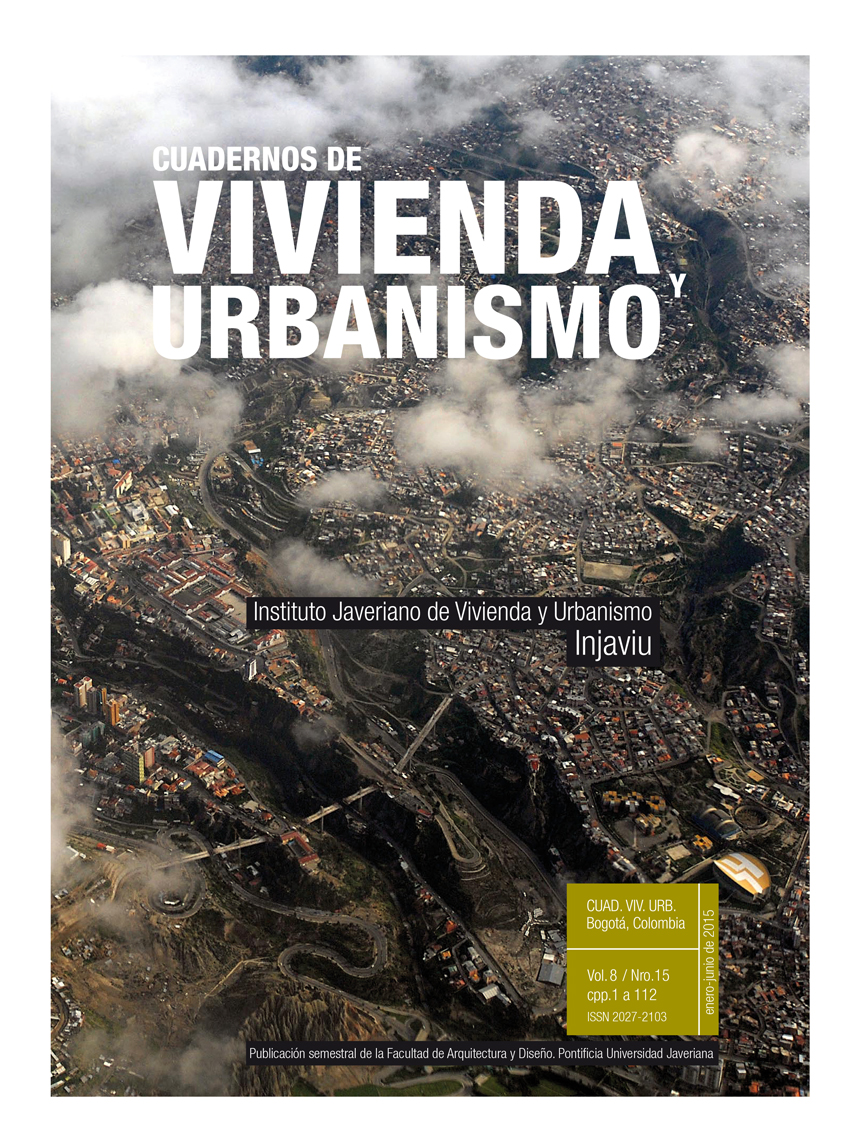Resumen
Esta investigación tiene como objetivo encontrar la clasificación de los organismos operadoresde los servicios de agua potable y saneamiento (OOSAPyS) de cinco ciudades conpoblación mayor a 50.000 habitantes de Sinaloa (México). Se fundamenta en el paradigmadel desarrollo sustentable (DS). Se aplicó el proceso analítico jerárquico (AHP) yse recurrió a diversas herramientas informáticas: Expert Choice (E-C) y el Decision Lab yun sistema de información geográfico (SIG) denominado Mapinfo. Los resultados obtenidosmuestran una jerarquía de tres ciudades que presentan población mayor a 200.000habitantes, en el orden de alto a medio; en cambio, se observa que ciudades con poblaciónmenor a los 200.000 habitantes, están en la categoría de bajo en materia de la gestióndel recurso hídrico. Se conoce que el paradigma del DS orienta al manejo equitativode agua urbana para satisfacer necesidades de generaciones actuales y futuras.Esta revista científica se encuentra registrada bajo la licencia Creative Commons Reconocimiento 4.0 Internacional. Por lo tanto, esta obra se puede reproducir, distribuir y comunicar públicamente en formato digital, siempre que se reconozca el nombre de los autores y a la Pontificia Universidad Javeriana. Se permite citar, adaptar, transformar, autoarchivar, republicar y crear a partir del material, para cualquier finalidad (incluso comercial), siempre que se reconozca adecuadamente la autoría, se proporcione un enlace a la obra original y se indique si se han realizado cambios. La Pontificia Universidad Javeriana no retiene los derechos sobre las obras publicadas y los contenidos son responsabilidad exclusiva de los autores, quienes conservan sus derechos morales, intelectuales, de privacidad y publicidad.
El aval sobre la intervención de la obra (revisión, corrección de estilo, traducción, diagramación) y su posterior divulgación se otorga mediante una licencia de uso y no a través de una cesión de derechos, lo que representa que la revista y la Pontificia Universidad Javeriana se eximen de cualquier responsabilidad que se pueda derivar de una mala práctica ética por parte de los autores. En consecuencia de la protección brindada por la licencia de uso, la revista no se encuentra en la obligación de publicar retractaciones o modificar la información ya publicada, a no ser que la errata surja del proceso de gestión editorial. La publicación de contenidos en esta revista no representa regalías para los contribuyentes.


